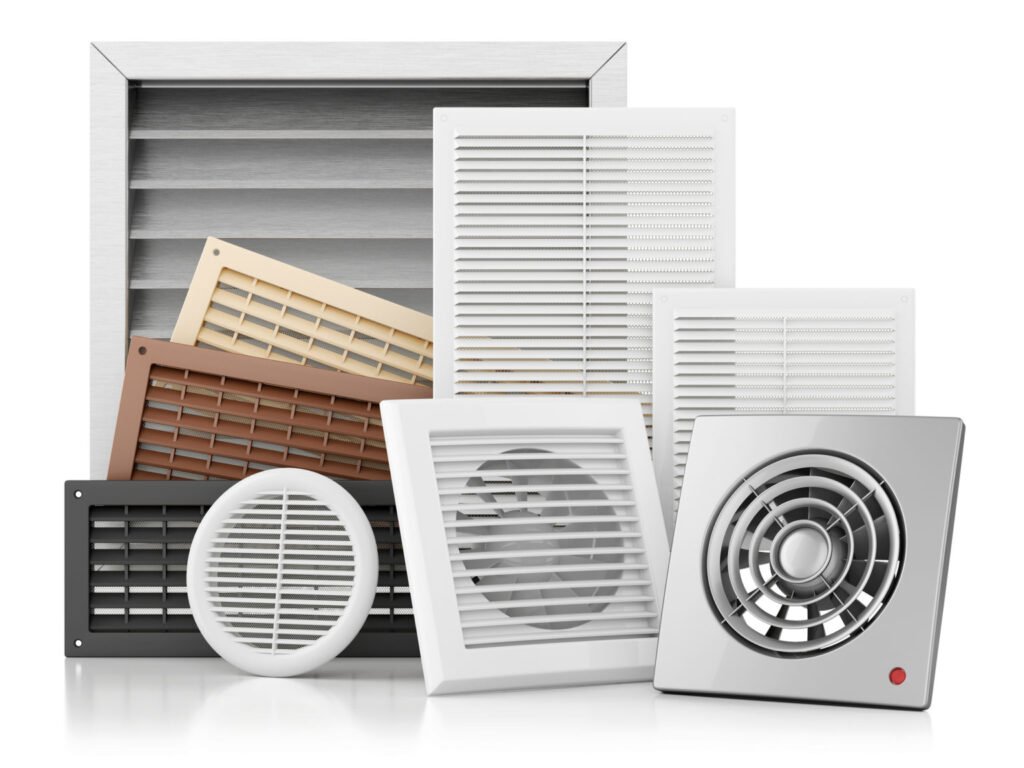Bathroom fans play a crucial role in maintaining indoor air quality by removing excess moisture, odors, and pollutants. However, concerns about energy consumption have led many homeowners to question whether bathroom fans use a lot of electricity. In this article, we will delve into the factors that influence the energy usage of bathroom fans, how to assess their consumption, and ways to minimize their impact on your energy bills.
Also read: Why My Bathroom Smells Like Urine After Shower
How Do I Know How Much Energy My Fan Is Using?
To determine the energy consumption of your bathroom fan, you can start by checking the fan’s specifications. Most fans come with an Energy Star rating, which provides information about the fan’s energy efficiency.
The wattage of the fan is another crucial factor. Wattage indicates the amount of electricity the fan consumes per hour. You can find this information in the fan’s user manual or on the product label.
If the wattage is not provided, you can calculate it using the formula:
Wattage=Voltage × Amperage
Once you have the wattage, you can estimate the energy usage by multiplying it by the number of hours the fan operates daily. This will give you a rough idea of the fan’s daily and monthly energy consumption.
For a more accurate measurement, consider using an electricity usage monitor. These devices can be plugged into the fan’s power source, providing real-time data on energy consumption. This method allows you to identify peak usage times and make informed decisions about when to run the fan.
How to Minimize Bathroom Fan Energy Consumption:
Reducing the energy consumption of your bathroom fan is not only beneficial for your electricity bills but also for the environment. Here are some effective ways to minimize energy usage:
- Install an Energy-Efficient Fan: When purchasing a new bathroom fan or replacing an existing one, opt for models with an Energy Star certification. These fans are designed to meet strict energy efficiency guidelines, ensuring lower energy consumption without compromising performance.
- Use a Timer or Humidity Sensor: Instead of leaving the fan running continuously, install a timer or humidity sensor. Timers allow you to set a specific duration for the fan to operate, ensuring it doesn’t run longer than necessary. Humidity sensors, on the other hand, activate the fan when moisture levels rise, automatically turning it off once the air is adequately ventilated.
- Regular Maintenance: Keep the fan clean and well-maintained to ensure optimal performance. Dust and debris can accumulate over time, forcing the fan to work harder and consume more energy. Regularly clean the blades and housing to promote efficient airflow.
- Upgrade to LED Lighting: If your bathroom fan incorporates a light fixture, consider replacing traditional bulbs with energy-efficient LED bulbs. LEDs use significantly less energy and have a longer lifespan, contributing to overall energy savings.
- Proper Ventilation Design: Ensure that your bathroom is properly ventilated to reduce the workload on the fan. This includes using exhaust fans in conjunction with open windows to promote natural airflow. Proper ventilation can help maintain indoor air quality without solely relying on the fan.
Which Type of Bathroom Fan Uses Less Energy?

There are several types of bathroom fans available, and their energy efficiency varies. Understanding the differences can help you choose a fan that aligns with your energy-saving goals:
- Single-Speed Fans: These fans operate at a constant speed when turned on and are generally less energy-efficient. While they get the job done, they may consume more electricity than necessary, especially if left running for extended periods.
- Variable-Speed or Multi-Speed Fans: Variable-speed fans allow users to adjust the fan speed based on their ventilation needs. This flexibility makes them more energy-efficient, as they can operate at lower speeds when full power is not required. Multi-speed fans are particularly useful in bathrooms where varying levels of ventilation are needed.
- DC-Powered Fans: Fans powered by direct current (DC) motors are gaining popularity for their energy efficiency. These fans use less electricity than traditional alternating current (AC) fans while delivering comparable performance. DC-powered fans are often equipped with advanced features like variable speed control and smart technology for even greater efficiency.
- Combination Fans: Some bathroom fans come with additional features, such as built-in heaters or lights. While convenient, these extras can increase energy consumption. If possible, opt for separate fixtures or choose combination fans with energy-efficient components.
Final Thoughts
Understanding and managing the energy consumption of your bathroom fan is essential for both your budget and the environment. By choosing an energy-efficient fan, utilizing timers or humidity sensors, and practicing regular maintenance, you can strike a balance between maintaining indoor air quality and minimizing electricity usage.
Stay informed about the latest advancements in fan technology, and consider upgrading to more energy-efficient models as they become available. With these strategies, you can enjoy a well-ventilated bathroom while keeping your energy bills in check.
You might also like: Can You Use Waterproof Bathroom Paint Instead Of Tiles







